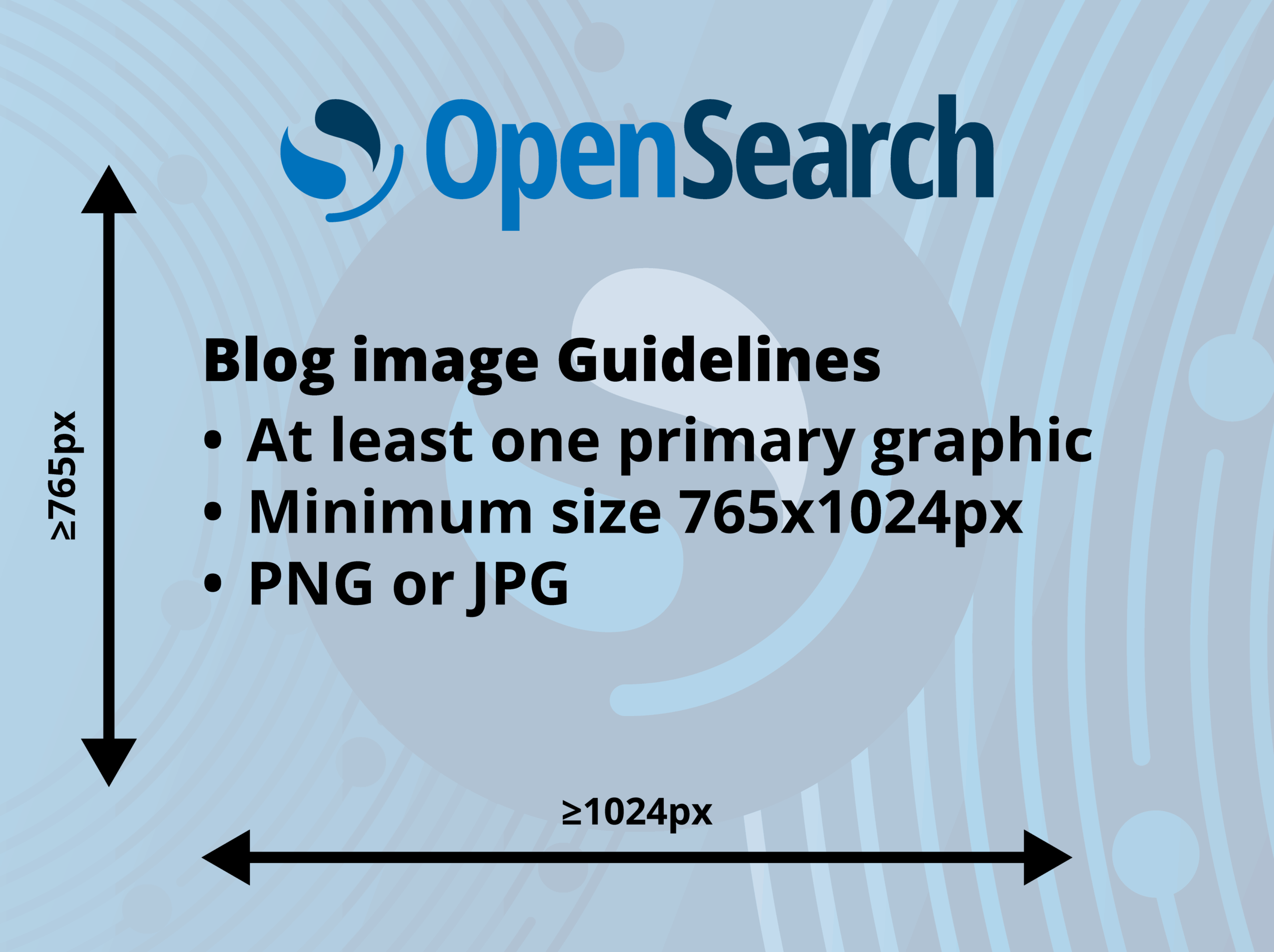The OpenSearch Project blog is a community-driven platform that embraces open source principles in both content and process. Our blog serves as a space for knowledge sharing, collaboration, and community engagement.
Core values
Transparent
We openly communicate project direction, technical decisions, and roadmap updates while candidly discussing challenges and solutions.
Accurate
We deliver peer-reviewed, fact-checked technical content with version-specific documentation and clear code examples.
Educational
We empower our community through clear explanations, practical tutorials, and demonstrated use cases for all skill levels.
Community-driven
We amplify community voices by highlighting contributions, sharing success stories, and encouraging active participation.
Inclusive
We create accessible content that welcomes our global community through respectful language and inclusive formats.
Quality
We maintain high editorial standards with clear writing, professional presentation, and regular updates.
Getting started
- Open a blog issue on GitHub using this template
- View trending blog topics via the OpenSearch Blog Content Calendar + Tracker
- Follow our collaborative editorial process and use our content guides
- Submit your peer-reviewed and approved, finalized draft using this intake form at least 10 working days before your desired publication date
Publication process
- Regular posts: Tuesdays and Thursdays
- Exceptions for time-sensitive news or events
- Timeline: 5-10 working days from final draft submission to publication
Core principles
- Provide clear community benefit through original educational or inspirational content
- Maintain an informal yet professional tone
- Write for a global audience – avoid regional slang and technical jargon
Content guidelines
Technical quality
- Include and verify code samples, commands, and technical examples
- Test all procedures thoroughly
- Include relevant screenshots or diagrams
- Link to documentation and related resources
- Properly attribute external sources
Writing style and structure
- Use clear, concise language
- Break complex concepts into digestible sections
- Begin with a clear introduction
- Use descriptive headings
- Include a conclusion or call-to-action
- Add relevant tags for categorization
Content connections
- Link to relevant OpenSearch documentation and blogs
- Include specific next steps for readers
- Reference related resources with proper attribution
- Add appropriate navigation tags
Review steps
- Initial technical review
- Editorial review
- Final technical verification
- Author review of changes
- Final copy edit and formatting
Content types
- Release announcements
- Technical tutorials and how-to content
- Feature deep-dives
- Community highlights
- Best practices and thought leadership
- Case studies
Best practices
- ✅ Qualified statements acknowledging varying conditions
- ✅ Objective descriptions of complexity
- ✅ Specific, measurable terms
- ✅ Neutral terminology (e.g., “service” instead of “platform”)
- ❌ Absolute guarantees
- ❌ Sales pitches or overly promotional content
- ❌ Terms like “easy” or “simple”
- ❌ “Any” and “all” statements
- ❌ Industry jargon and colloquialisms
- ❌ Anti-competitive language
Blog Imagery
Image requirements
- Each post should have one main image that serves two purposes:
- Primary graphic within the blog post
- Social media sharing thumbnail
- Additional images and graphics are welcome
- Include captions and/or alt text for all images
- Image specifications:
- Minimum size: 1024 x 765 pixels
- Accepted formats: PNG or JPG
For complete image guidelines, please refer to our style guide
Image standards
- ✅ Technical diagrams and charts
- ✅ Code snippets
- ✅ Relevant graphics and illustrations
- ✅ Abstract images
- ✅ GIFs and memes (content-appropriate)
- ✅ Video stills
- ✅ Event photography or special announcement images featuring people with prior approval
- ❌ Lifestyle photography
- ❌ Photos of individuals without prior approval
